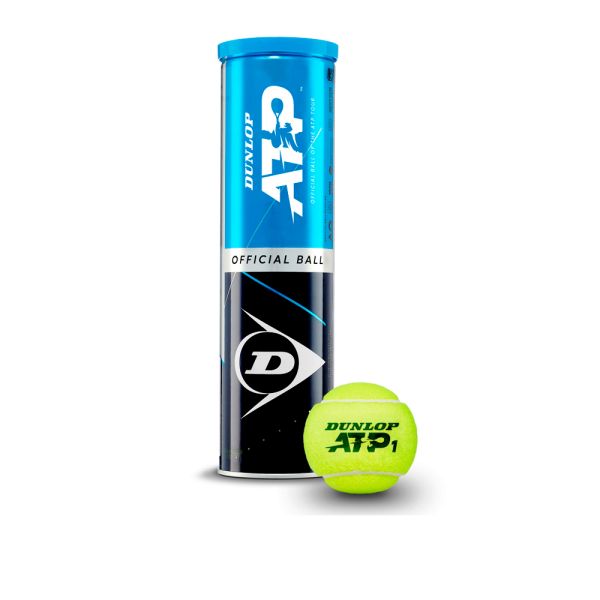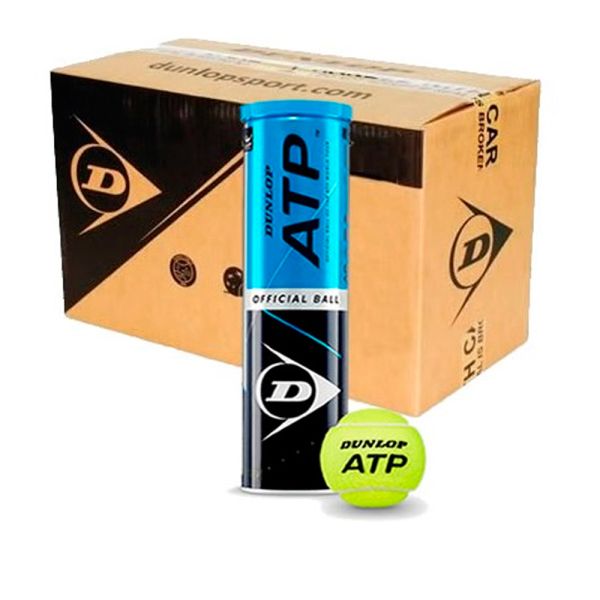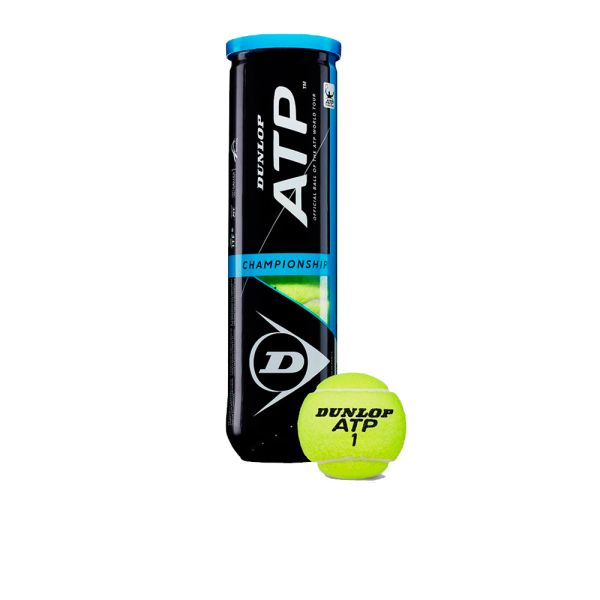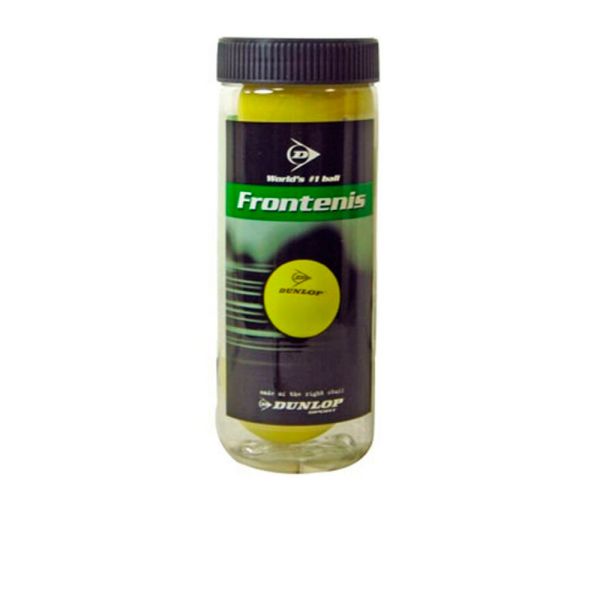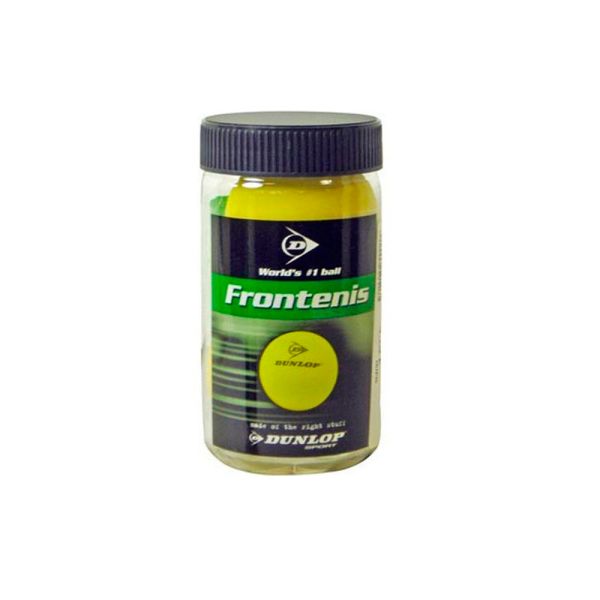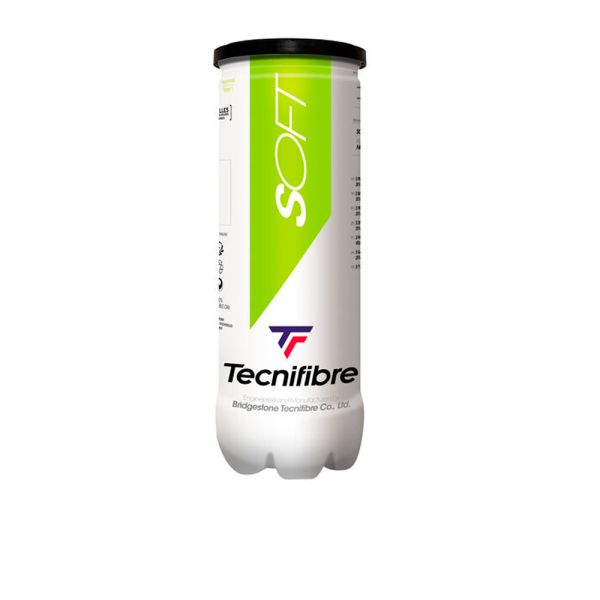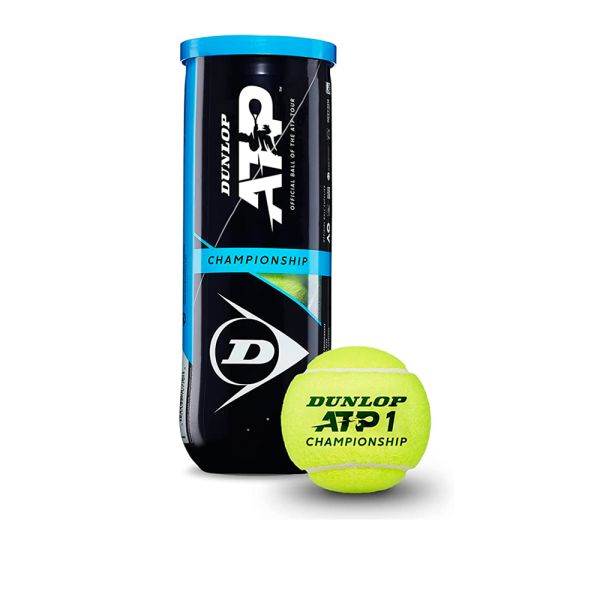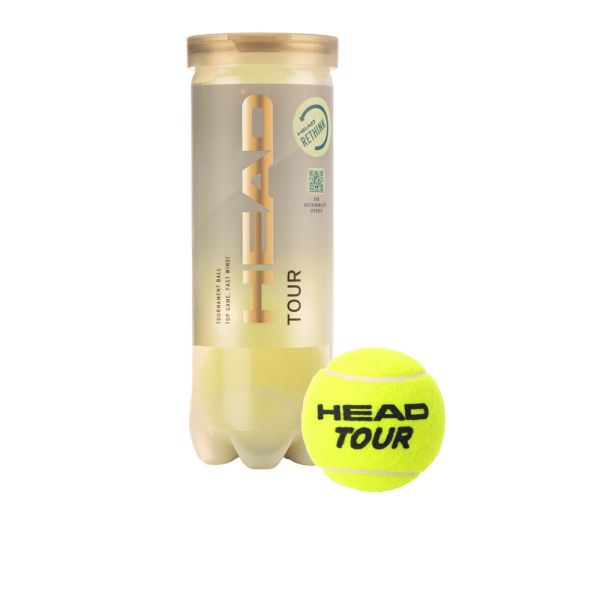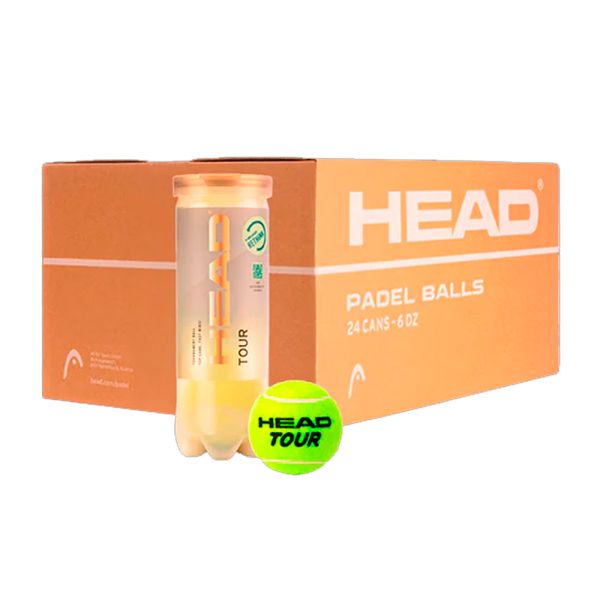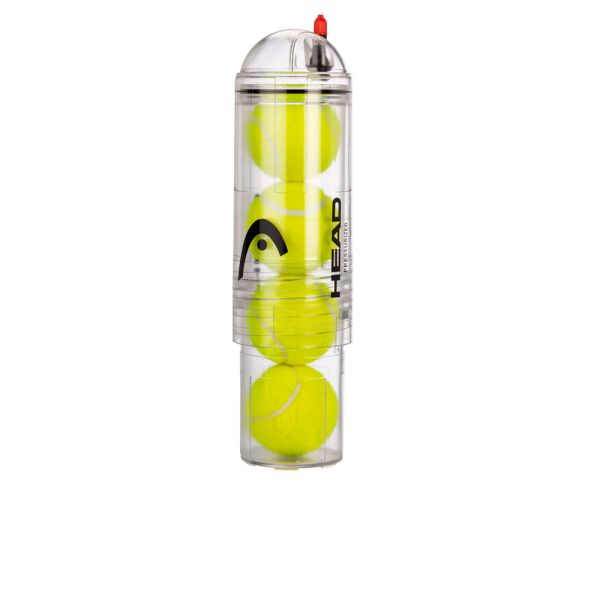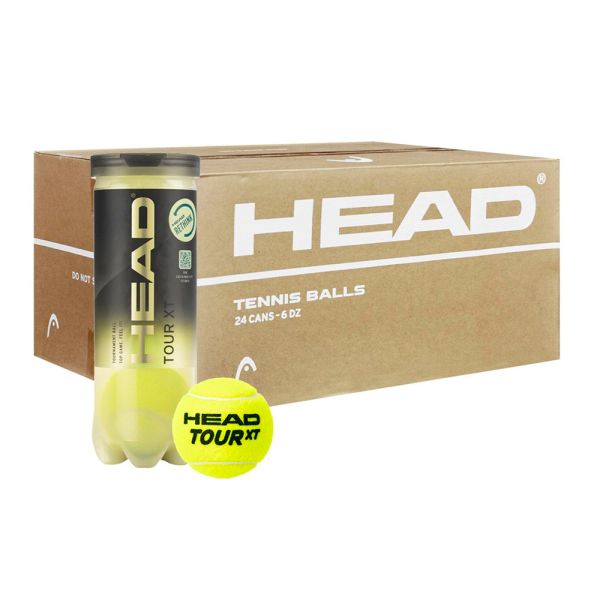Tennis and paddle balls
Offers on balls at Tennis World Padel
If you are looking for tennis and padel balls at the best price, you have come to the right place. At Tenis World Padel, we offer a wide selection of high-quality balls from the best brands: Head, Wilson, Babolat, Dunlop and more. Find exclusive discounts and special packs so that you never run out of balls for your training and matches.
Whether you are an amateur or professional player, in our online store you can buy padel and tennis balls with the best offers. We have models for all types of surfaces and levels of play, guaranteeing durability, control and optimal bounce.
Don't miss out on these promotions! Buy now and receive your order with fast shipping and the best customer service.
Padel ball offers
If you are thinking of replacing your padel balls in our store, you are in the right place because:
- Leading brands: We work with the best brands on the market, such as Head, Bullpadel, Wilson, Dunlop and Babolat, guaranteeing long-lasting and high-performance balls.
- Unbeatable prices: We have exclusive offers, savings packs and special discounts so that you always get the best price.
- Variety for all types of players: We have balls designed for training, competitions and different types of courts, ensuring the best bounce and control.
- Fast and secure shipping: Receive your order in record time with our reliable delivery service.
Tennis Ball Deals
At Tenis World Padel, you will find the best deals on tennis balls so you can play with the highest quality without spending too much. We work with leading brands such as Wilson, Head, Dunlop, Babolat and Tecnifibre, offering durable models with an optimal bounce for all types of surfaces. You can also choose between buying a box of balls or a can of balls.
Differences between tennis balls and padel balls
If you play tennis or padel, it is essential to know the differences between balls for both sports, as each is designed to optimize performance in its respective discipline. Although at first glance they may seem similar, there are key differences in their size, pressure and behavior on the court.
Size and Weight
Tennis balls have a diameter of between 6.54 and 6.86 cm and weigh between 56 and 59.4 grams, while padel balls are slightly smaller, with a diameter of 6.35 to 6.77 cm and a similar weight.
Pressure and Bounce
The main difference lies in the internal pressure. Tennis balls have a higher pressure, which allows them to bounce higher and faster, ideal for larger courts. In contrast, padel balls have less pressure, which generates a more controlled bounce, adapted to the dimensions of a padel court and the dynamics of the game.
Playing Surface
Tennis is played on different types of surfaces such as clay, grass or hard court, which influences the behavior of the ball. Padel balls are specifically designed for synthetic grass and glass courts, optimizing their durability and control.
Durability and Material
Both balls are made of felt and rubber, but padel balls tend to wear out faster due to impacts against walls and lower internal pressure.
If you still have questions, you can always contact our customer service team.
Brands of tennis balls and padel balls
Below, we leave you the most outstanding brands that people buy to play tennis and play padel:
- Tecnifibre: It offers models suitable for all types of surfaces. The brand is approved by the ITF.
- Dunlop: It has models that incorporate a top-quality wool woven felt. It is approved by the ITF.
- Head: It provides padel balls with great durability and bounce. The brand is approved by the Spanish Padel Federation.
- Wilson Wilson padel balls are one of the favorite options for players of all levels thanks to their durability, stable bounce and excellent control. Wilson, one of the most recognized brands in the world of tennis and padel, offers models designed for maximum performance on any type of court.
- Adidas: They are synonymous with innovation and high performance, designed to adapt to different playing styles and court conditions.



